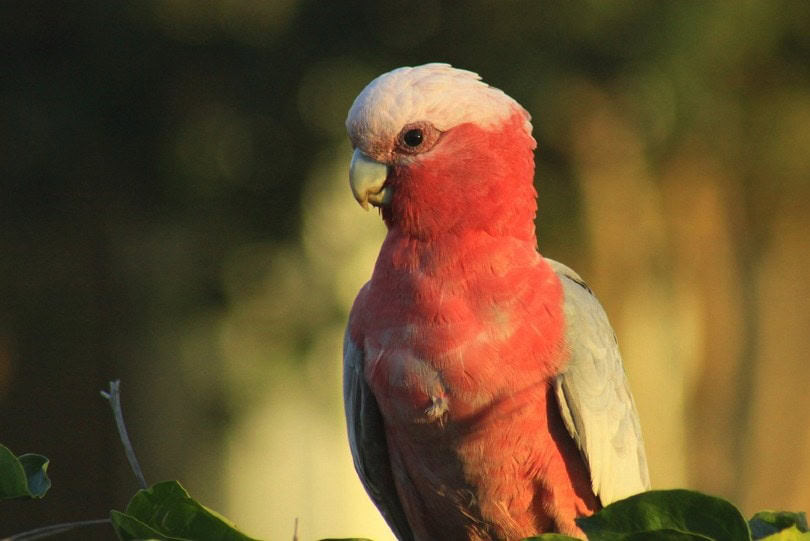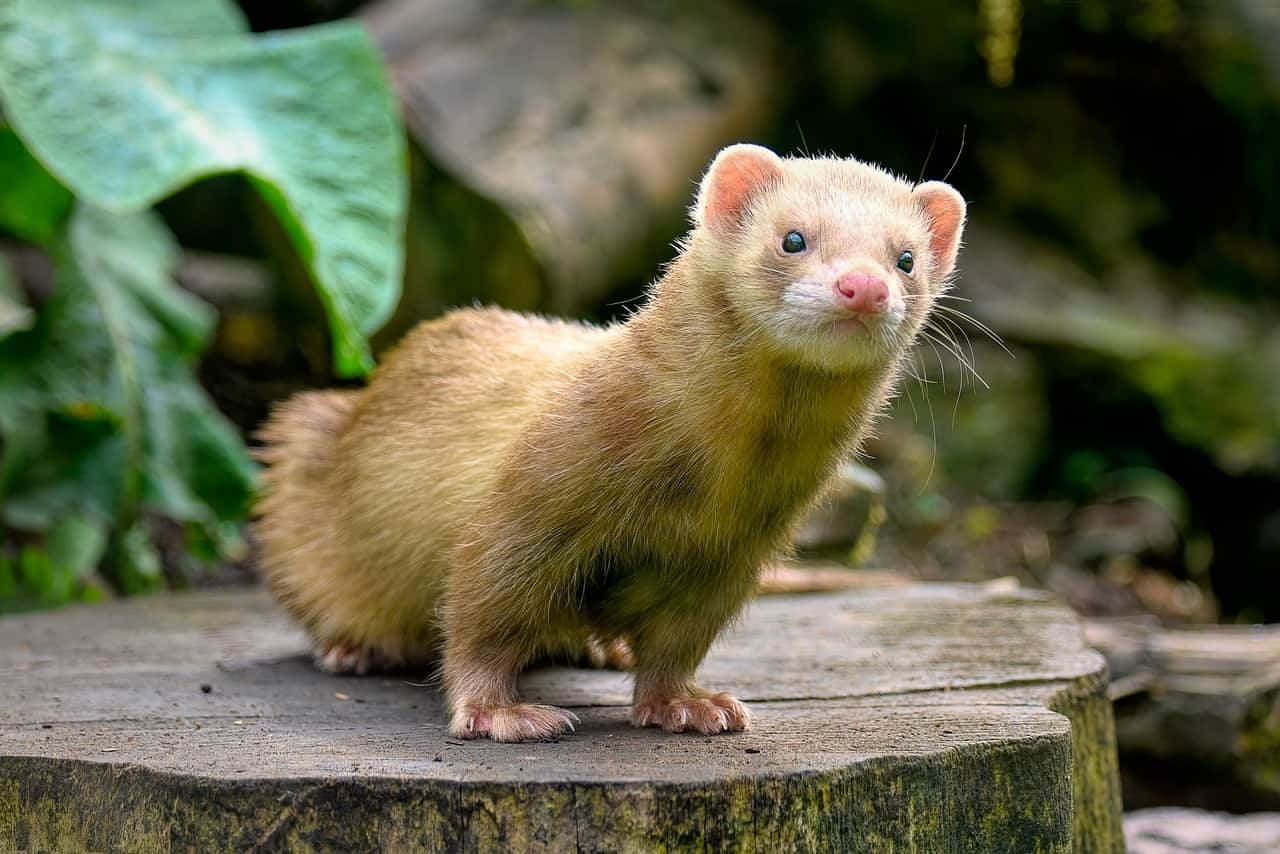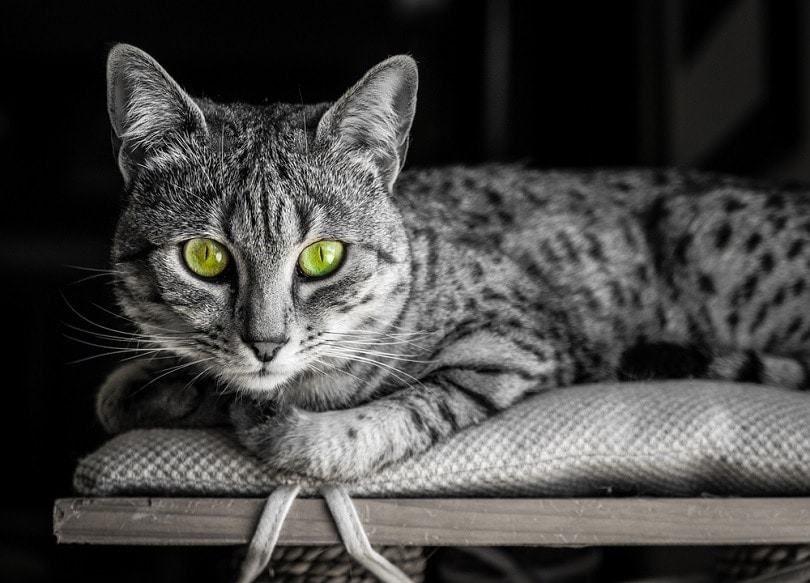Click to Skip Ahead
The galah, or rose-breasted cockatoo, is native to Australia. In the wild, this species is one of the few whose numbers are increasing rather than decreasing. They are also popular pets and known for forming close bonds with their owners. The galah is friendly and vocal. They can also be taught how to perform many tricks. Read on to learn more about these fun birds!
Species Overview
| Common Names: | Galah, rose-breasted cockatoo |
| Scientific Name: | Eolophus roseicapilla |
| Adult Size: | 13 to 14 inches, 9.5 to 14 ounces |
| Life Expectancy: | 25 to 40 years in captivity |
Origin and History
The galah is native to Australia, where they’re the most widespread cockatoo species. They are hardy and have adapted to many different climates and terrains in the country, from savannahs to woodlands and even farmlands. Some of these birds have even established themselves in Tasmania.
You can often find them in a group with other species of cockatoos. The galah is also recognizable by their noisiness. They can make a variety of sounds, most notably a screeching alarm sound when danger is near.
Temperament
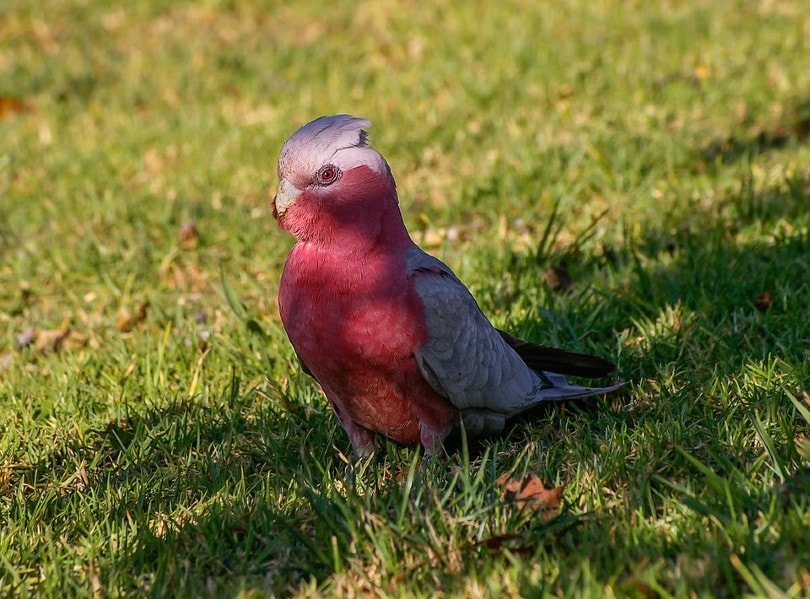
Galahs are popular pets due to their gregarious nature. They enjoy the company of humans and are quite demanding of attention. They are playful and can be kept in pairs, unlike some other cockatoo species that prefer a more solitary existence.
While galahs will tolerate handling, they don’t like to be held often. However, you can train them to do many tricks. They enjoy learning and showing off. Galahs can also learn to speak and mimic other sounds.
A galah is a high-maintenance pet. They need a lot of attention and will become depressed and destructive without it. They are also a chewer, even with plenty of attention. You’ll need to provide them with branches, pine cones, toys, and other enrichment devices to keep them occupied.
- Intelligent and trainable
- Friendly and playful
- Small size
- Loud screeching
- Doesn’t like being held
Speech & Vocalizations
Galahs can learn to imitate human speech and other sounds. Whistles, ringing, and bells are among the more common sounds that these birds have been known to imitate. Galahs are loud screechers in the wild. They can sometimes be noisy indoors too, but unless they are bored or frightened, they are less likely to be overly vocal.
Galah Cockatoo Colors and Markings
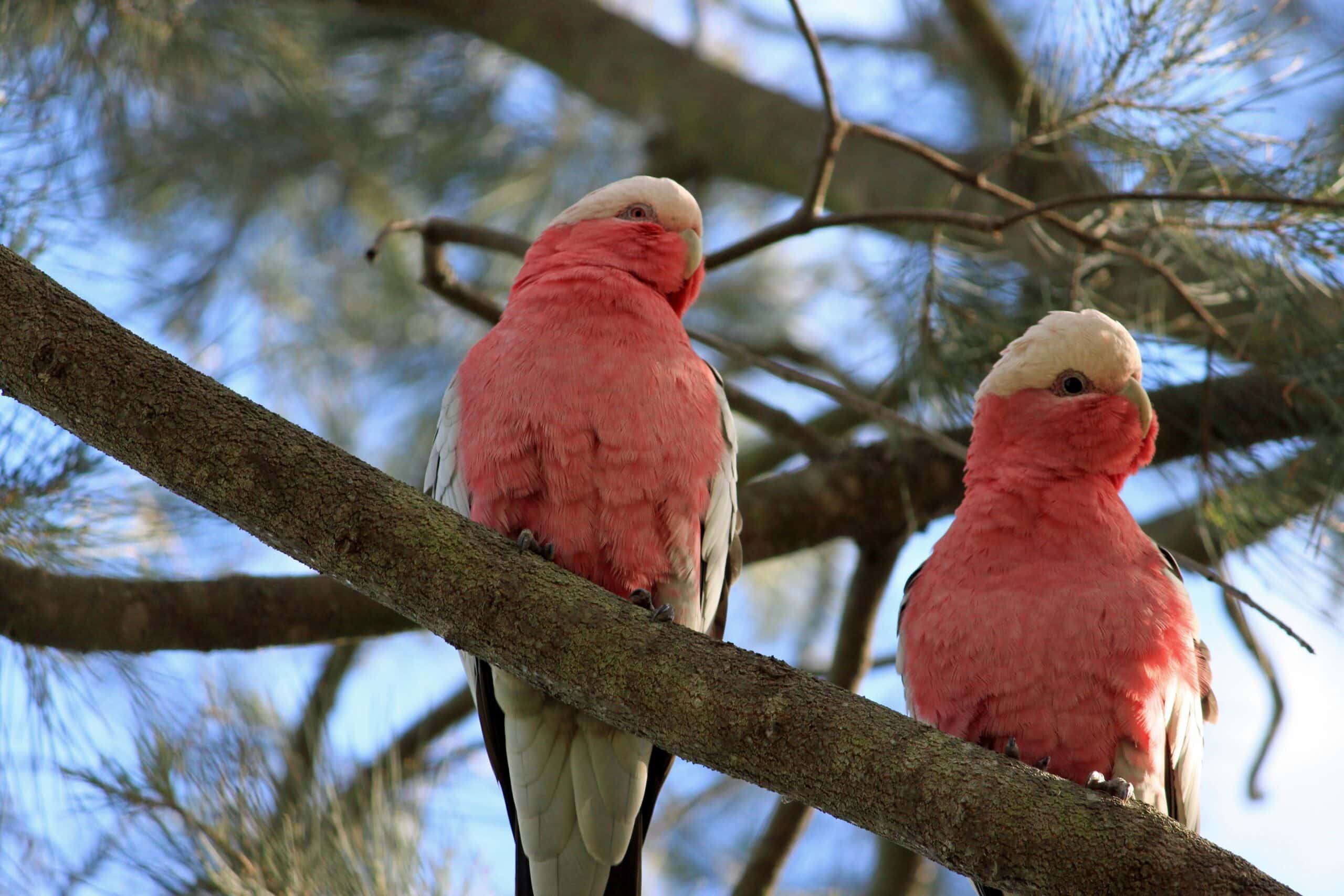
The galah has a distinctive look that adds to their appeal. Their body is grey with white markings. The legs are also grey and the beak is off-white. Their head and breast are pink, and they have a lighter pink crest on their head. The combination of colors differentiates them from other pink cockatoos. Both males and females have similar appearances. The biggest difference between the two sexes is eye color. Females have red eyes, and males have dark brown or black eyes.
 Caring for the Galah Cockatoo
Caring for the Galah Cockatoo
The galah requires a lot of care and attention. They genuinely seem to enjoy human company and can get depressed if not given significant time with their owner.
Socialization
Unlike some other species of cockatoos, the galah can do quite well with a partner bird. Having another galah to spend time with can ease loneliness, and it closely mimics their life in the wild, where they congregate in groups.
Grooming
Most cockatoos are much like cats in that they groom themselves frequently. Galahs are definitely adept at keeping themselves clean. However, they will need you to help them with a few aspects of their upkeep.
If you don’t have a second galah in the cage, you will have to help preen your galah by running your fingers along their necks and heads to loosen old feather shafts. You will also need to trim their beaks and nails. If you don’t want your galah to fly, the wings will also have to be clipped. A bird veterinarian can assist with these tasks.
Habitat Setup
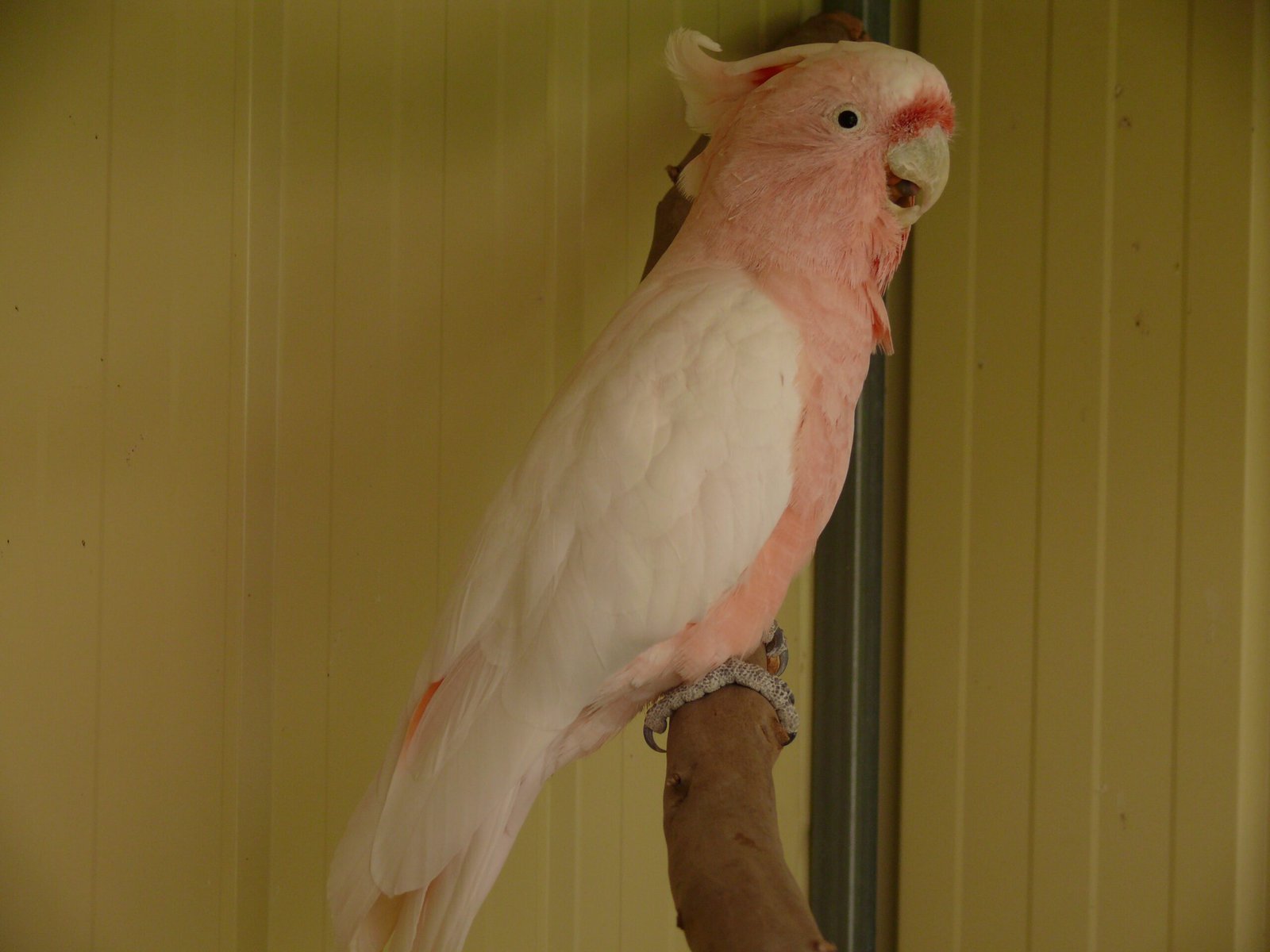
Galahs are not big birds, but they do need enough space to move around freely to be comfortable. The recommended minimum cage size is at least 3’ W x 3’ D x 6.5’ H. Galahs also need toys, branches, perches, and other materials to keep them from getting bored.
Common Health Problems
These birds are generally healthy, but there are a few problems that can creep up.
- Respiratory diseases. These can often be prevented by keeping the cage and your home clean and dust-free.
- Fatty tumors. High-fat diets and a lack of exercise can cause fatty tumors in galahs.
- Self-destruction. Self-destructive behaviors caused by a lack of attention are also common among galahs. These include feather pulling, self-harm, and constant screaming. This is why it is so important to make sure you have the time and energy to commit to this bird before bringing one into your home as a pet.
Diet and Nutrition
These birds are prone to weight gain if they are overfed and under-exercised.
- Birdfeed, preferably a parrot mix containing seeds, nuts, dried fruits, and vegetables (about 50% of the diet)
- Fresh fruits (citrus, bananas, berries, papaya, pears, apples, etc.)
- Fresh vegetables (kale, corn, spinach, carrots, squash, broccoli, lettuce, etc.)
- Branches with leaves for chewing
You should also make sure your galah has fresh water that is changed daily.
One thing to be aware of is the bird’s tendency to swallow non-food items. When your pet is out of their cage, make sure you watch them closely so they don’t eat things that can cause blockage or choking.
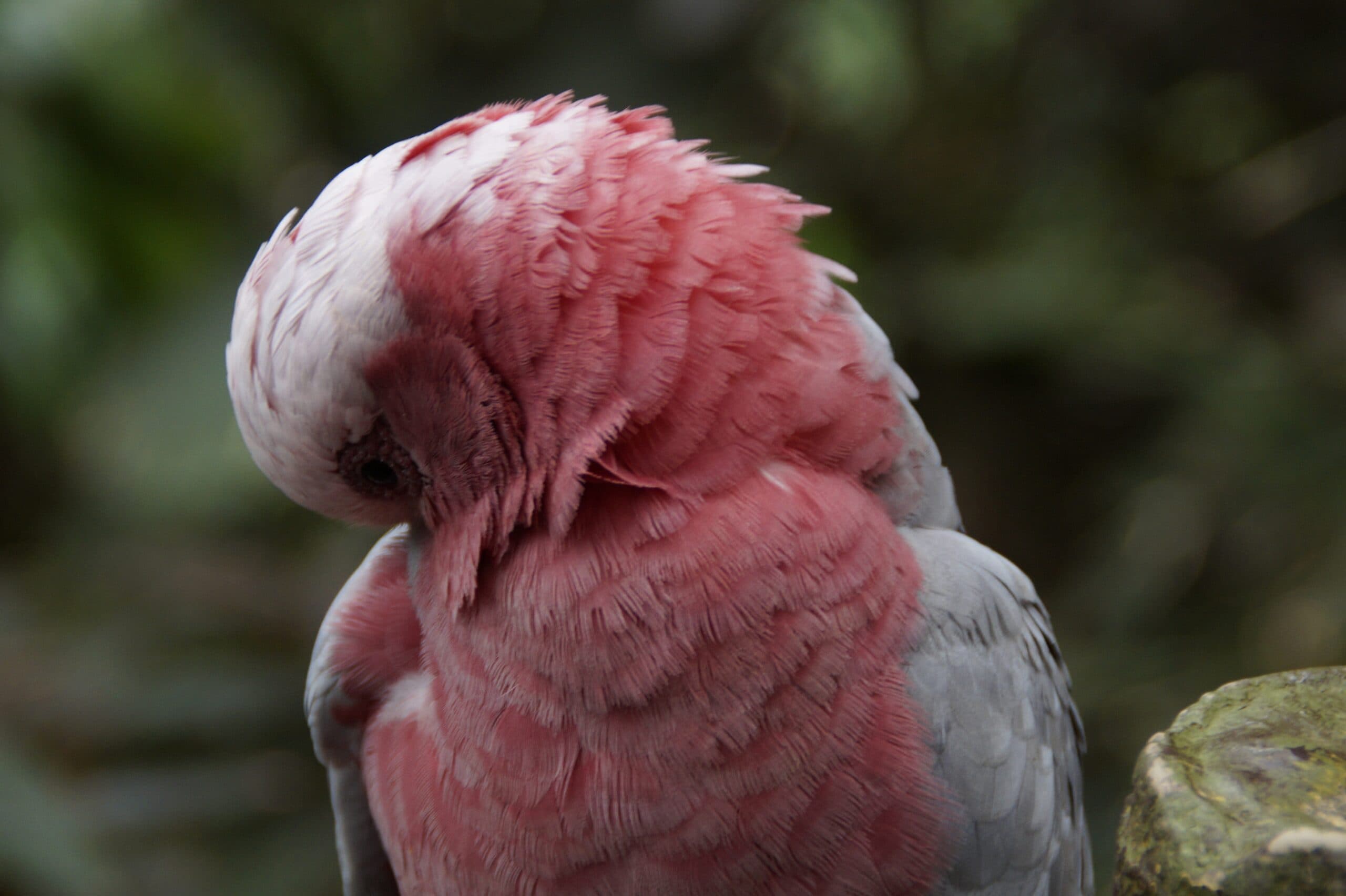
Exercise
Galahs like to play, so getting enough exercise shouldn’t be a problem for them, as long as you are committed to helping them do so. They love toys but can become bored with the same ones. You should give them different things to play with to keep their brains engaged. A good choice for mental stimulation is a box with a treat hidden inside. The galah will enjoy tearing the box and locating the treat.
While playing in their enclosure can be fun for them, your galah also needs several hours out of their enclosure each day.
Where to Adopt or Buy a Galah Cockatoo
The most important factor when buying or adopting a galah is to make sure they were not taken from the wild. Although the galah isn’t suffering from declining numbers in the wild like many other cockatoo species, there is still a significant market for the illegal pet trading of galahs.
You should research breeders to ensure that you are getting a bird bred in captivity. You may also be able to find a galah for adoption through shelters or rescue organizations.
Final Thoughts
The galah is a fun and popular pet that requires a significant commitment. They live for a long time and demand a lot of care and attention. If you think you can provide them with an environment in which they can thrive, you may want to consider a galah as your next avian pet.
Featured Image Credit: Pearsew. Pixabay
